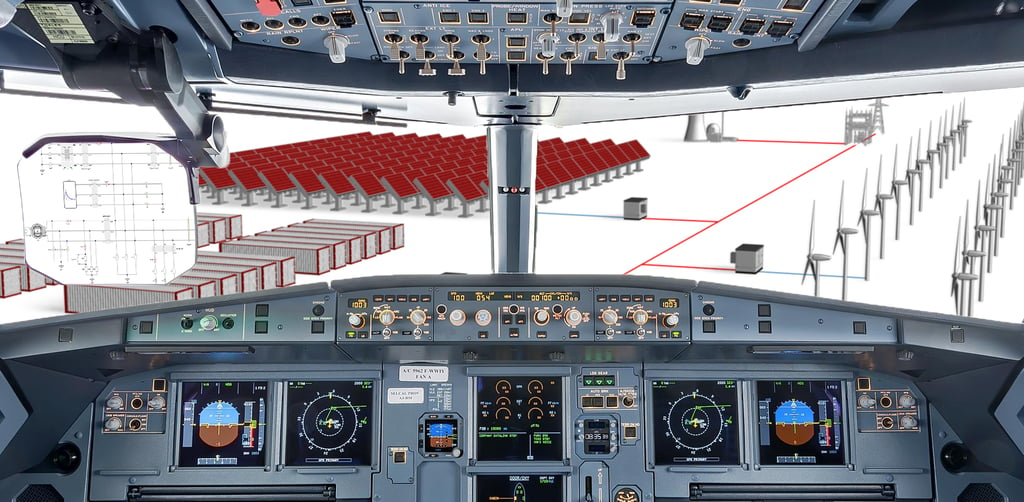Last year at the Applied Power Electronics Conference (APEC2016) I ran into a good friend of mine that I haven’t seen since the graduate school. He is now an accomplished R&D engineer in one of the leading power electronics companies.
After the initial conversation, trying to catch up on each other’s personal and professional accomplishments, we started to discuss the power electronics industry. I was eager to share my wisdom about Hardware-in-the-Loop (HIL) simulation and how it is radically changing the face of the (earth) power electronics and power systems. Frost and Sullivan Market Report.
I was shocked to see his face cringe in an utter disgust before I could even finish my spiel. He promptly fired back at me: “I’ve tried to use a HIL system and apart from the fact that it took me months to learn all the software tools needed to get it to run, the simulated waveforms were not even close to what I was expecting. I was continuously running into numerical stability issues and it took hours to prepare/compile models for simulation. Honestly, I never even got to the task of automating controller testing because I ran out of time and patience.” Before I was able to calm him down, he swore that he will never again use HIL simulation in his life.
I took it personally, since I am a big believer in HIL testing and tend to elevate HIL systems right next to the oscilloscope and power supply when it comes to the essential power electronics controls engineer toolbox For me it was rather troubling my friend had such a strong negative emotion for a development and testing method based on one system experience.
Understandably, his feedback was fueled by his deep frustration with what amounts to bad product design. However, just because a particular product is poorly designed does not mean that the overall method or application is wrong. If my brand new car consistently breaks down the first couple years I have it, I’m going to buy another car, but it’s definitely the last time I buy from that manufacturer.
Motivated on one side by examples of bad HIL design, and on the other side inspired by one of the greatest industrial designers of all time Dieter Rahms and his 10 principles of good design, I had to define what I would like to call 4 Principles of Good Hardware-in-the-Loop Design.




